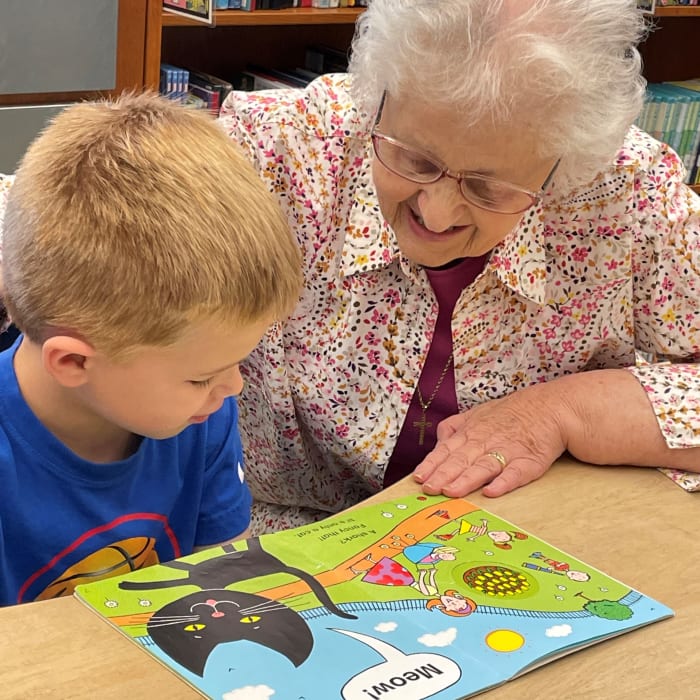Active seniors more likely to avoid injuries
Exercise is good for you, but did you know that it can help you avoid injuries and maintain mobility as you age? Researchers found that seniors who adopted a regular exercise routine reduced their likelihood of suffering a disabling illness or injury, and those who did become disabled were more likely to maintain mobility.
The study published in the Annals of Internal Medicine examined over 1,600 individuals between 70 and 89 years old who had limited mobility, but could walk a quarter-mile. Some of the participants followed a program focused on moderate walking, as well as strength and balance training. During the three-year study, these participants were less likely to develop a movement disability and were more likely to recover if they did.
Build on the benefits of movement
According to the Centers for Disease Control and Prevention, falls are a threat to older adults and reduce their ability to live independently. Each year, 3 million older people are treated in emergency rooms for fall injuries. Staying active can not only help reduce the risk of fall injuries, it can also bring added health benefits such as a lower risk of depression, heart disease and stroke, diabetes and some cancers.
Before getting started, schedule a checkup with your doctor and ask what types of activities are most appropriate for you. Some examples include:
- Aerobic activities, such as walking, swimming and biking
- Balance training, including standing on one foot and heel-to-toe walking
- Flexibility exercises, such as shoulder stretches and calf stretches
- Strength exercises, such as weightlifting and resistance band exercises
Every little bit helps
If you’re not a fan of treadmill running or sweating it out in the gym, that’s OK. The good news is that exercising doesn’t need to be strenuous in order to be effective. Moderate amounts of activity in small bursts throughout the day can help you get fit and stay strong as you age. Aim for 30 minutes a day, five days per week.
Activities like gardening, dancing, playing golf or even walking at the mall with a friend are a great way to stay active. As an added bonus, exercising with others can help you build social connections and stay mentally sharp. There’s a lot you can do at home without setting foot in a gym — go for a walk around the neighborhood or do arm curls with hand weights while watching TV.
Need some inspiration to get active? Retirement communities offer opportunities for organized activities on a regular basis. Join us at one of our six communities for senior fitness and healthy living classes. Learn more at www.prescommunites.org.






